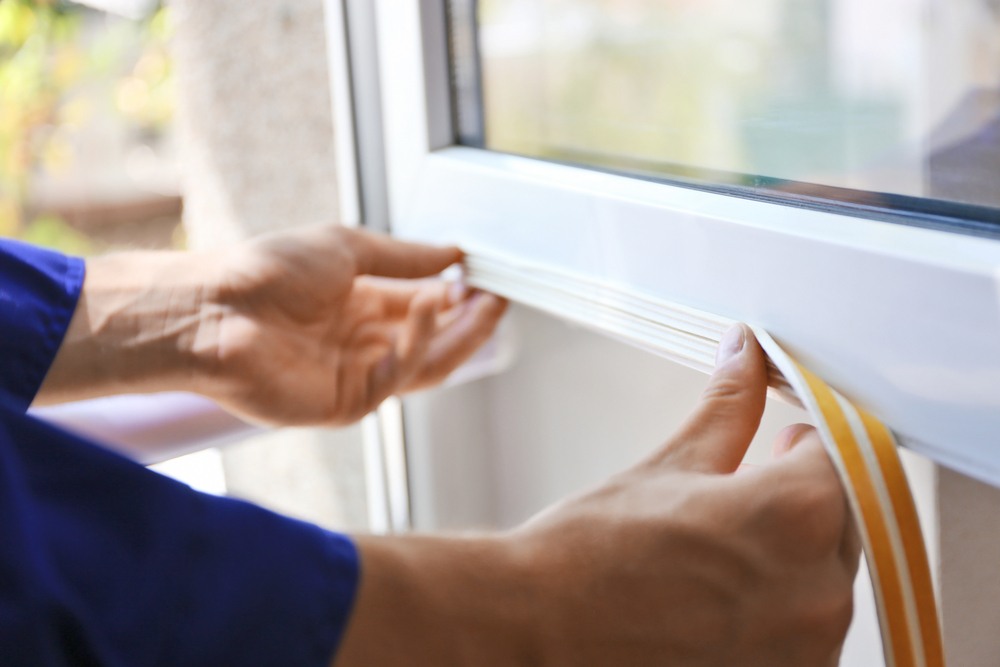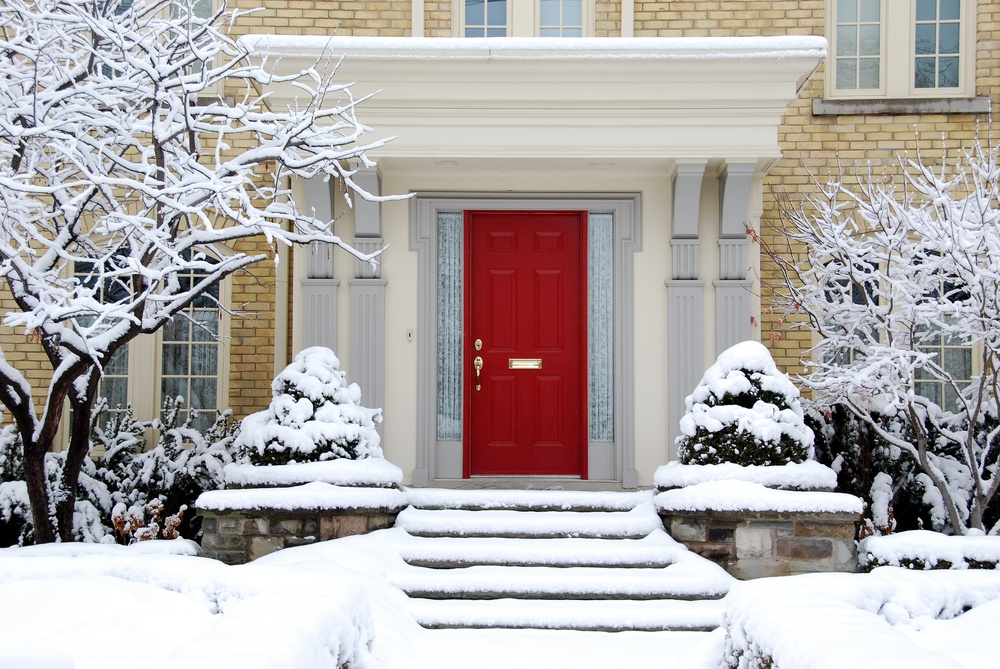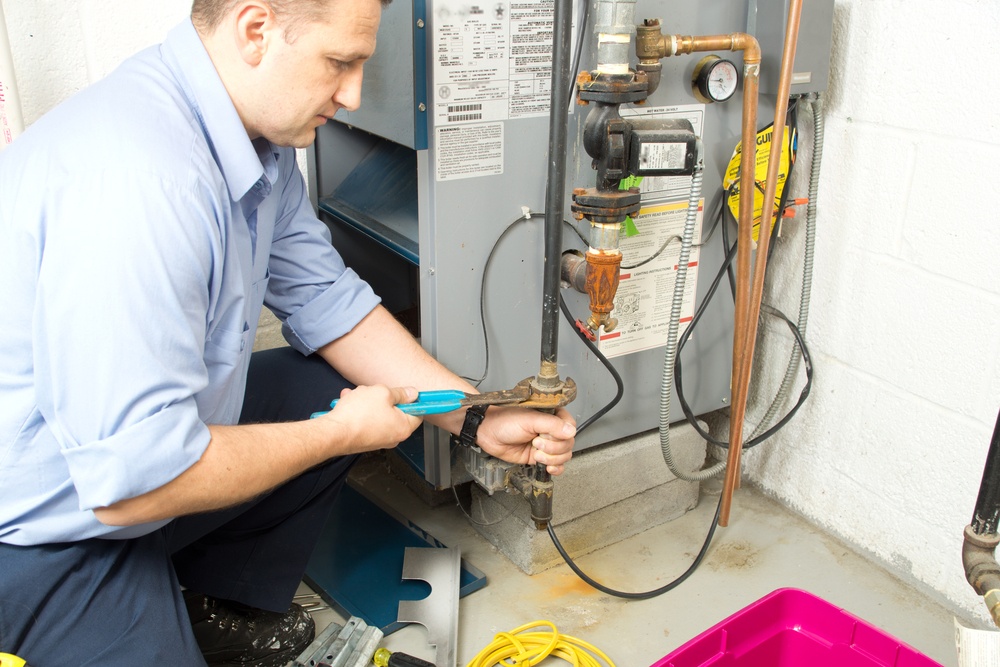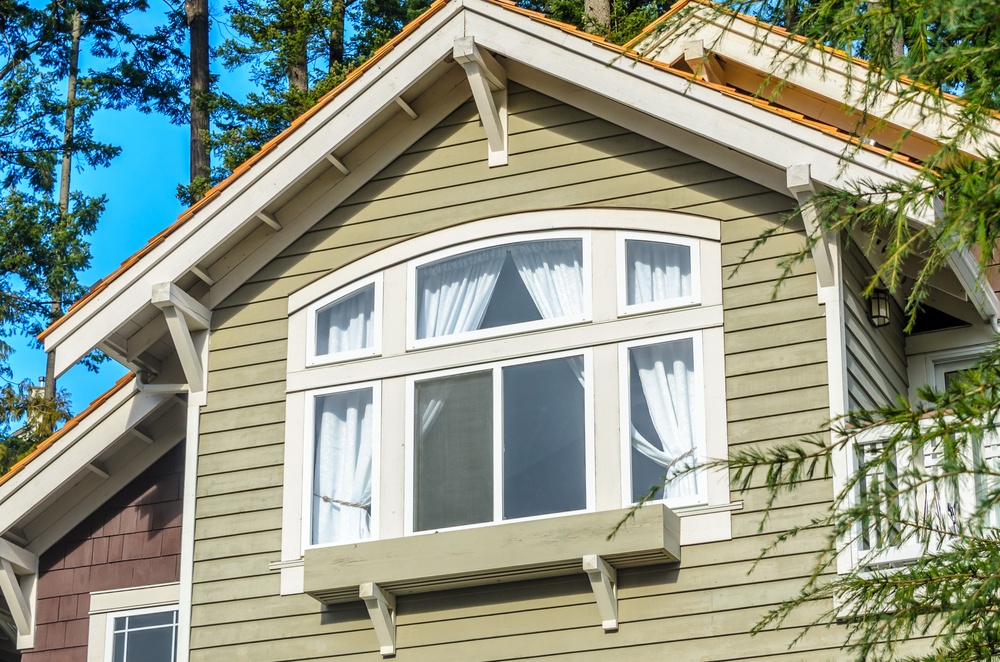 As far as home improvement projects go, few things will give you a big impact for a fairly low price the way painting does. Whether you want to change the look of an entire room or just want to liven up a piece of furniture, a little bit of paint makes a big difference around the house. Generally, painting is something that can be done without hiring a professional, but that doesn’t necessarily mean that painting is easy. Here’s what you can do to help solve some of the most common challenges that come along with painting.
As far as home improvement projects go, few things will give you a big impact for a fairly low price the way painting does. Whether you want to change the look of an entire room or just want to liven up a piece of furniture, a little bit of paint makes a big difference around the house. Generally, painting is something that can be done without hiring a professional, but that doesn’t necessarily mean that painting is easy. Here’s what you can do to help solve some of the most common challenges that come along with painting.
Swiffer Your Walls
Prep work is a very important part of making sure you get the best results from your paint job. Washing your walls before you start painting gets rid of dust and dirt that could interfere with the finish. If you’re not able to start painting the same day you wash your walls or you just want to make sure your walls are as dust-free as possible, simply run a Swiffer Sweeper over your walls to get rid of any dust that’s still hanging around.
Rinse Brushes in Fabric Softener
Not all painting projects can be finished in one day, but trying to keep your brushes in good shape between painting sessions can be tricky. Even if you rinse a used brush out at the end of the day, it can still end up being stiff and very difficult to work with the next day. To keep your brushes in good condition, all you have to do is rinse them out thoroughly with plain water, then put them in a mixture of warm water and fabric softener and move them around for about 10 seconds or so. This will help keep the bristles soft and functional. Make sure you either hang your brushes up to dry or lay them out flat. If you need to revive a brush that’s already covered in dried, hardened paint, soak them in vinegar.
Dropcloth Alternatives
Sometimes, those extremely lightweight plastic dropcloths you find at hardware stores are more hassle than they’re worth. They’re perfectly fine if you’re trying to protect large pieces of furniture, but when used on the floor, they’re easy to trip over, awkward to move around, and can get blown around when placed near a vent. But there are other ways you can protect your floor without the annoyance. Cardboard works very well, as do plastic tablecloths.
Wrap Your Brushes in Plastic
Painting can really take a lot of energy. If you need to take a break to get something to eat or to run to the hardware store for more supplies, you can keep your brushes and rollers in ready-to-use condition by simply wrapping them in a plastic bag and placing a rubber band around the handle to hold the bag shut.
Raising Individual Items
If you’re trying to paint something like a piece of furniture or a picture frame, you’ll need a way to raise the item off the ground or the surface of a table while you work. For very lightweight items, cut up egg cartons will do the trick nicely. If you’re painting something like a wooden chair, tapping nails into the ends of each chair leg will give you the extra elevation you need. Bed raisers work well, too, especially for heavier pieces of furniture.









